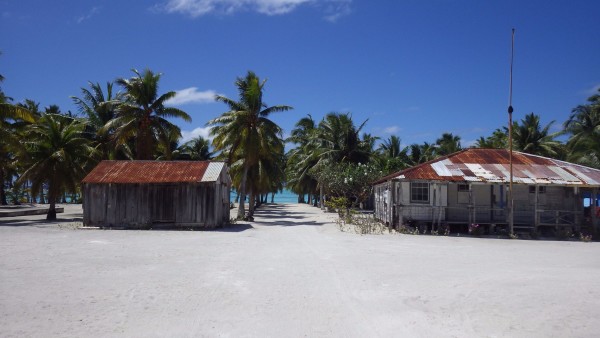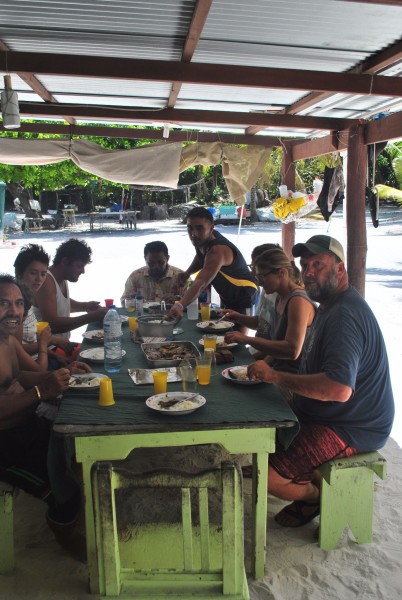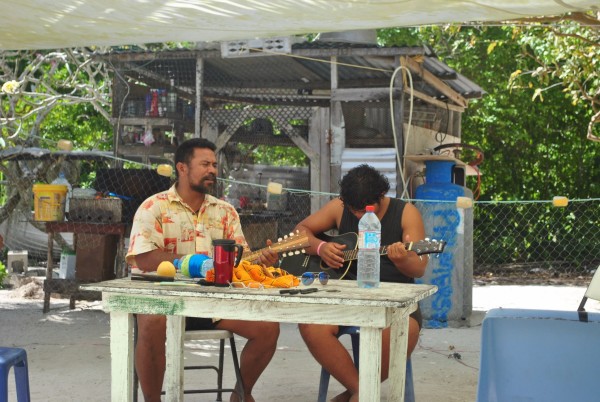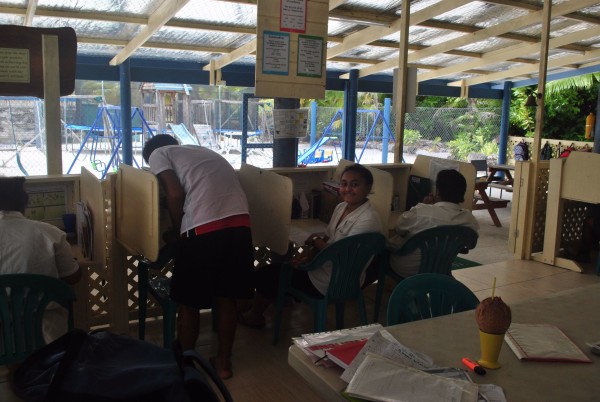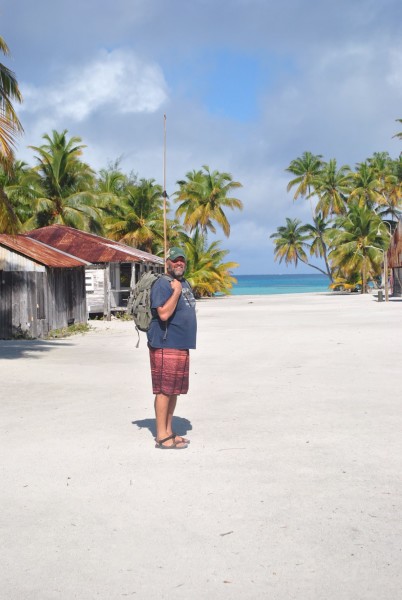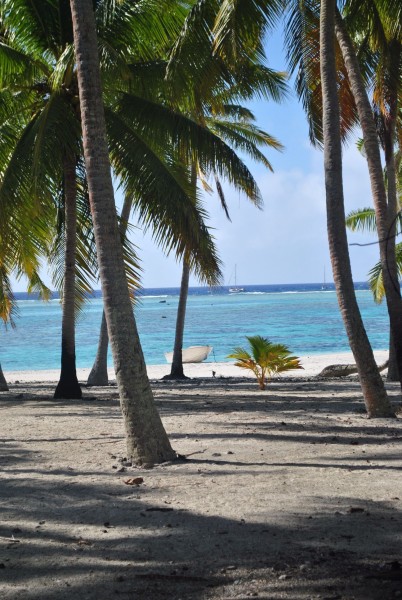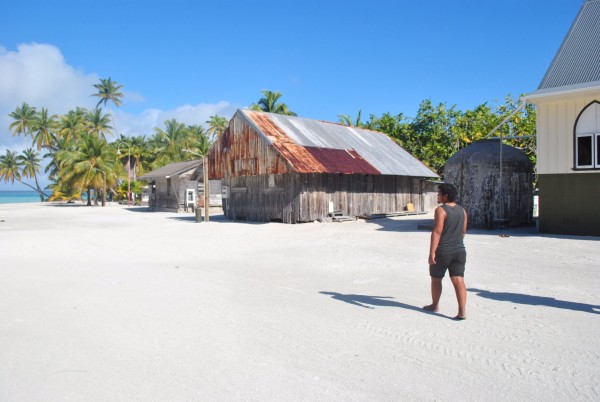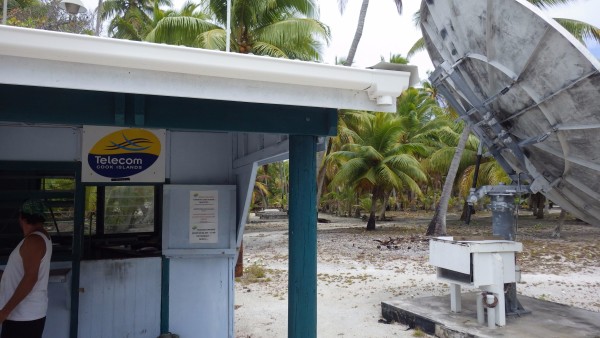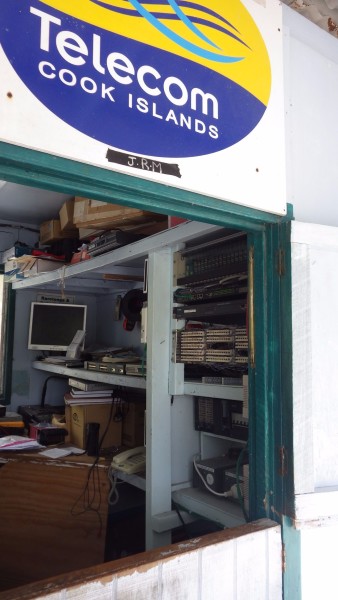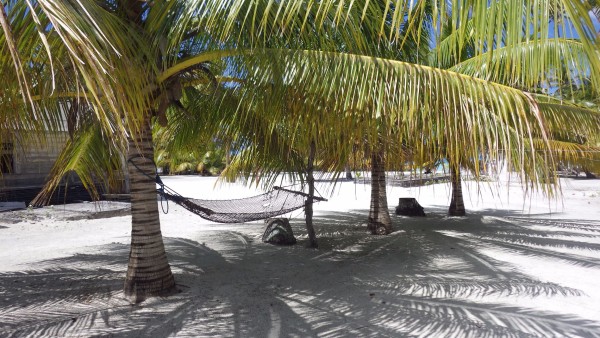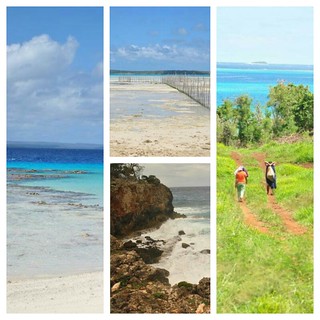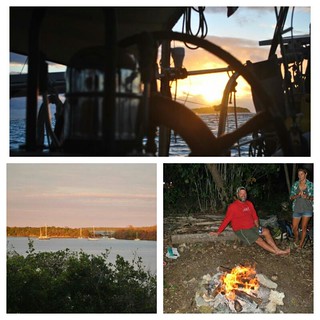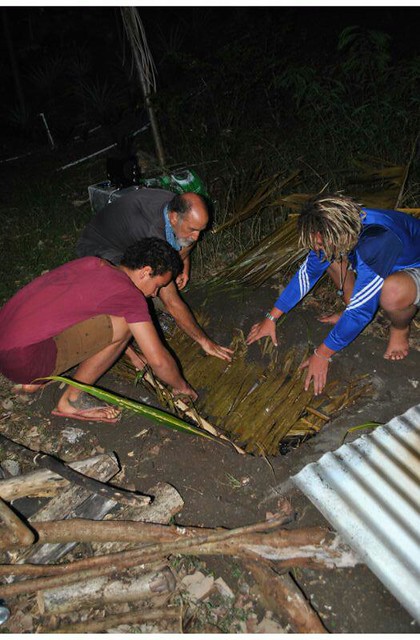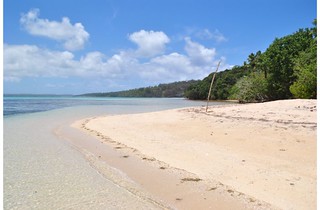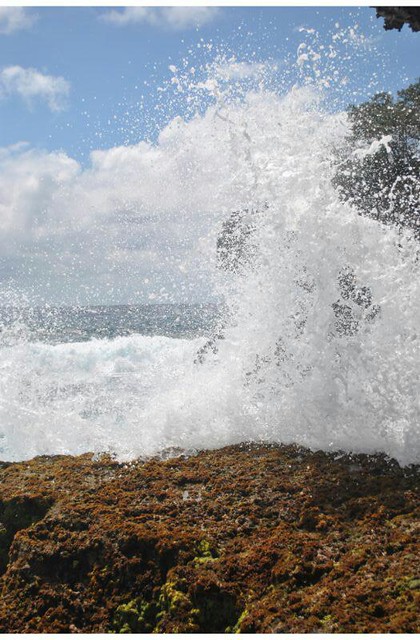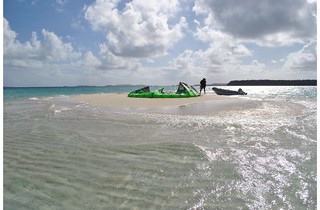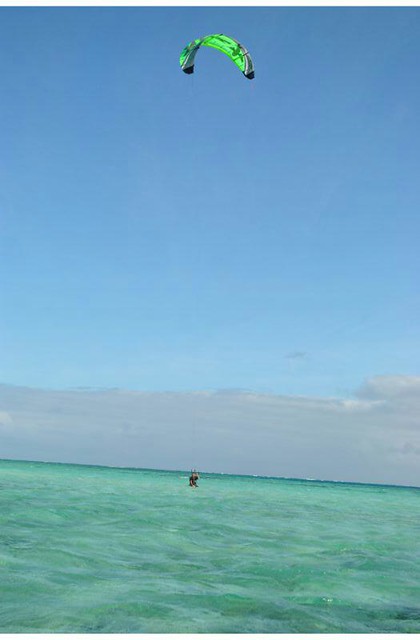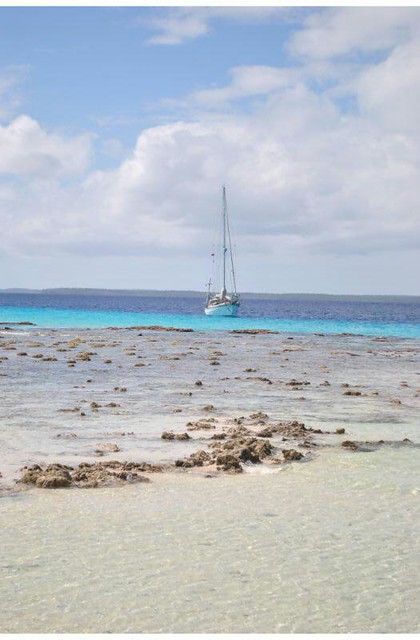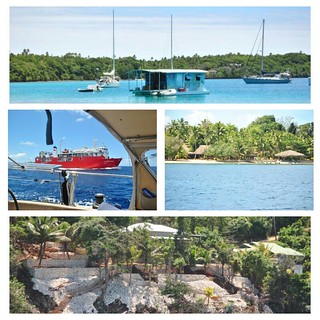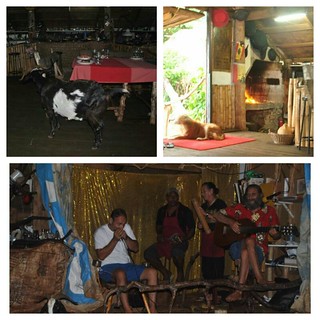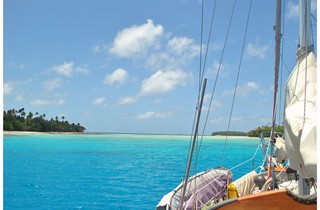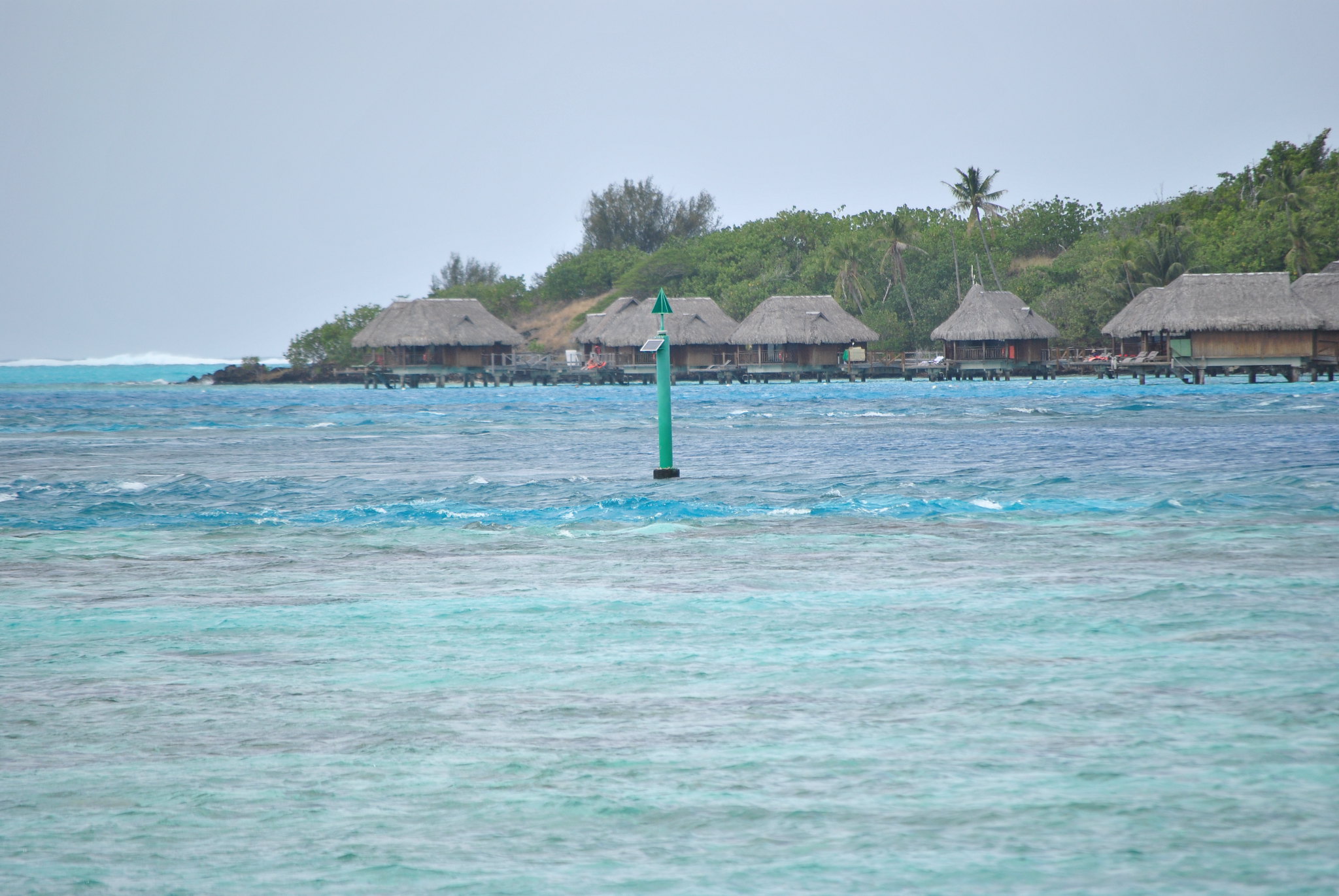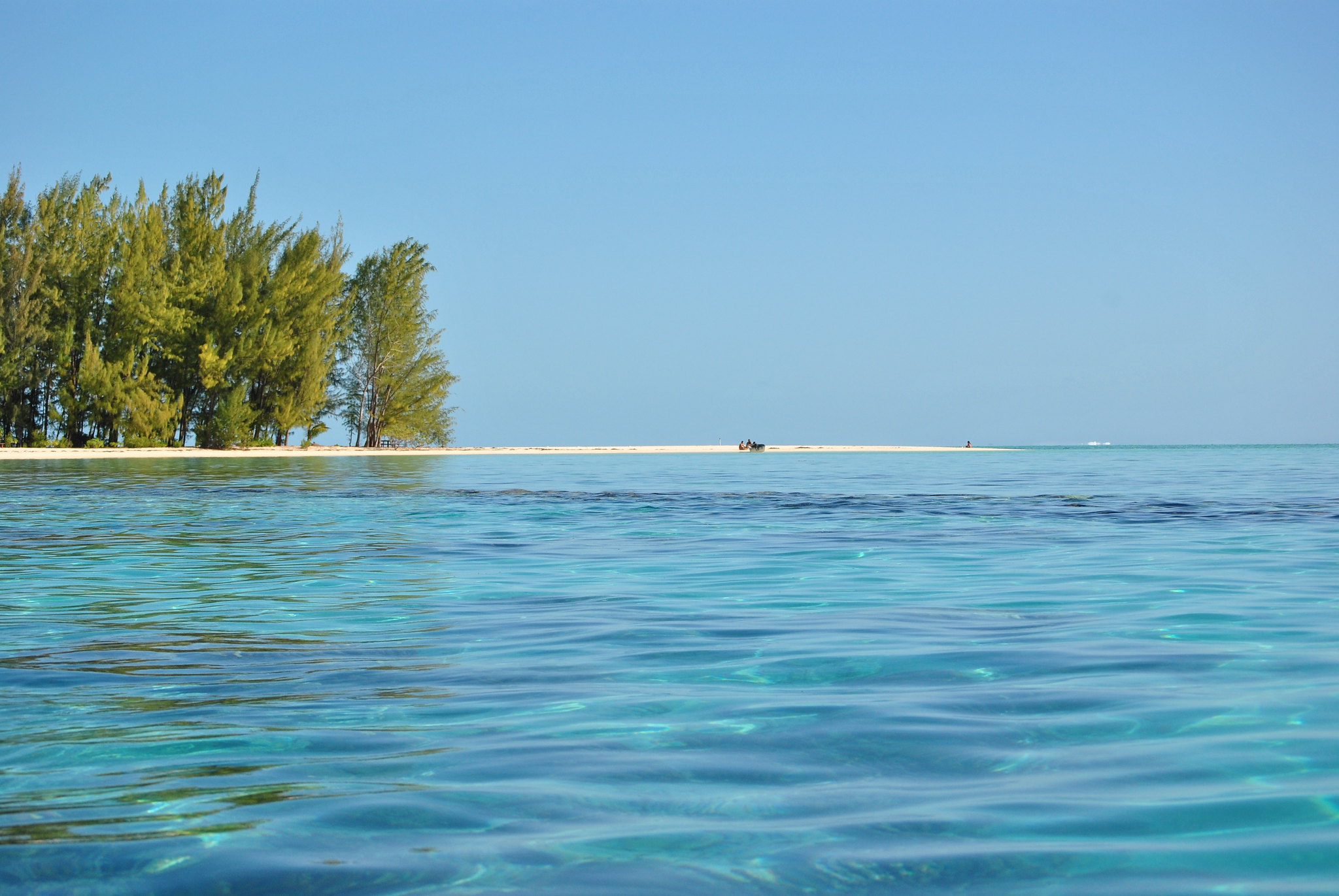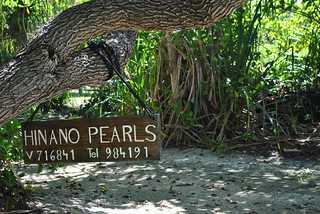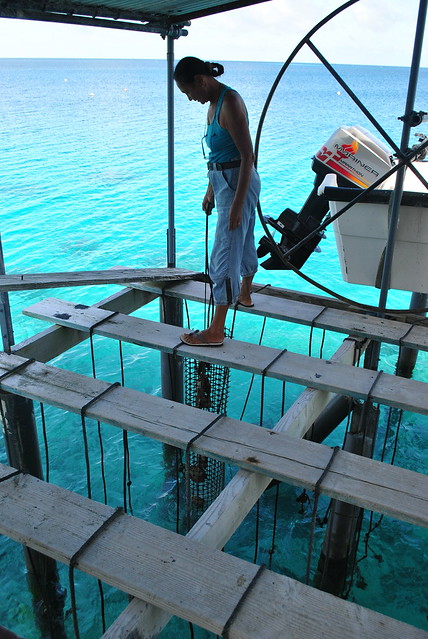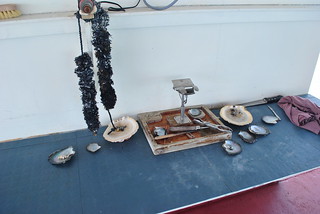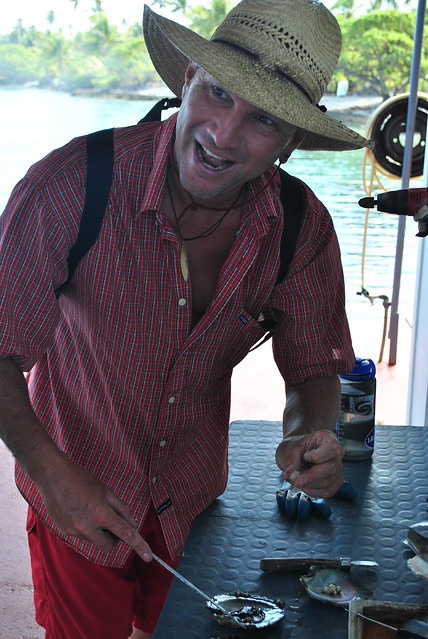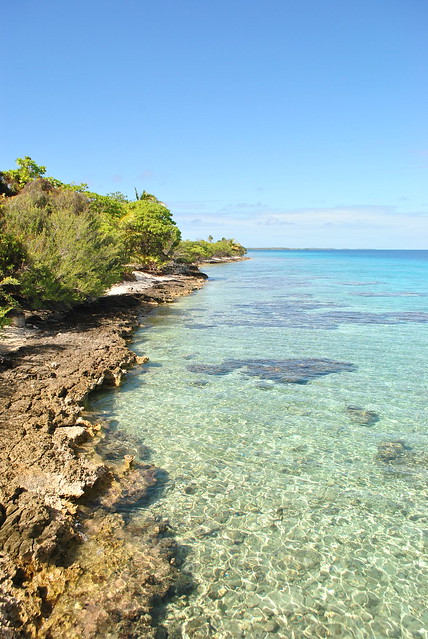We are currently in Tonga, but I thought I’d back up and bit and see if I could get the blog caught up alittle since I last posted from Bora Bora.
Sorry about this, but this post comes with some extra credit reading.
Before you continue, follow a couple of the links below or do a little googling of your own on Palmerston Atoll and/or William Marsters.
https://en.wikipedia.org/wiki/Palmerston_Island
http://www.cookislands.org.uk/palmerston.html#.Vntd4hV97Dc
http://www.palmerstonisland.net/
The history of this little Atoll is pretty interesting.
As you read…or actually most likely did not read…lazy bastards, the history of this little Atoll in the absolute middle of no where is pretty unique.
We arrived at the island in the middle of the night and waited till day break to approach the mooring field. There is no anchorage and the family on the island would rather you take a mooring ball instead of anchoring on the coral.
The island is part of the cook islands, but they sorta run them selves. We were told to remain on the boat until customs and immigration came out to clear us in.
All went fairly well. We felt pretty bad for the health and welfare lady, she got violently sea sick when she came aboard to “inspect” the boat. The inspection lasted about 3 minutes until she went back outside to vomit.
The moorings are owned and ran by Edward Marsters, who also may or may not be the sheriff of the island. He also was our “host” while we were there. They do not like you to come ashore on your own. So your host will come out in the morning and pick everyone up and take you ashore. Their custom is to host you and feed you while you are there on the island. And that is exactly what they did. Every day around 10am, Edward would come out and pick us and the other 3 boats that were there up and take us to shore to his house and feed us a big lunch.
The rest of the day we would wander around the little island and visit with other families or check out the school. There are about 60 people living on the island. 30+ of that number are school aged kids.
We had been hauling around some school supplies with us since we left Panama. So Tawn gathered them all up and donated them to the School. The principle was very appreciative and gave Tawn a Tshirt from the island and a card that all the kids made for her and signed. She also asked Tawn to give a little presentation/talk about her old job to the kids. They were all amazed since they were familiar with the american TV show CSI.
We ended up spending about a week there. Everyone on the island was very nice. They don’t get very many visitors, only about 60 or 70 visiting boats stop there each year, and only 3 or 4 supply ships make a stop. So it’s a bit of a deal when people do make it there.
The little village in town is just picture perfect. Someone is out raking the “streets” every day. Every were we went on this island, the roads and paths were soft sandy walk ways. There are no cars, just a couple of ATVs and scooters.
As we were checking out the town and talking to everyone, I ask how they got internet access. They pointed me over to the “phone company”.
Just step up to the window and pay the guy a few bucks and he’ll hook you up with some island wide internet access! Seriously, the future is NOW!! It’s slow…but it is now.
One last picture before I end it.
Palmerston island is one of those places in the world that is almost impossible to get to. So to be able to have gone there on our boat is very cool experience and one we will remember for a long time.
